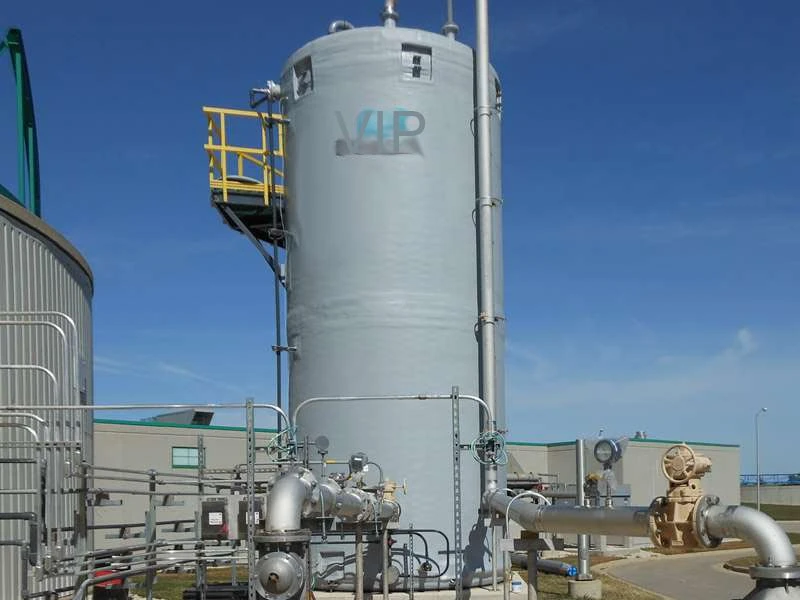
-
 Afrikaans
Afrikaans -
 Albanian
Albanian -
 Amharic
Amharic -
 Arabic
Arabic -
 Armenian
Armenian -
 Azerbaijani
Azerbaijani -
 Basque
Basque -
 Belarusian
Belarusian -
 Bengali
Bengali -
 Bosnian
Bosnian -
 Bulgarian
Bulgarian -
 Catalan
Catalan -
 Cebuano
Cebuano -
 China
China -
 China (Taiwan)
China (Taiwan) -
 Corsican
Corsican -
 Croatian
Croatian -
 Czech
Czech -
 Danish
Danish -
 Dutch
Dutch -
 English
English -
 Esperanto
Esperanto -
 Estonian
Estonian -
 Finnish
Finnish -
 French
French -
 Frisian
Frisian -
 Galician
Galician -
 Georgian
Georgian -
 German
German -
 Greek
Greek -
 Gujarati
Gujarati -
 Haitian Creole
Haitian Creole -
 hausa
hausa -
 hawaiian
hawaiian -
 Hebrew
Hebrew -
 Hindi
Hindi -
 Miao
Miao -
 Hungarian
Hungarian -
 Icelandic
Icelandic -
 igbo
igbo -
 Indonesian
Indonesian -
 irish
irish -
 Italian
Italian -
 Japanese
Japanese -
 Javanese
Javanese -
 Kannada
Kannada -
 kazakh
kazakh -
 Khmer
Khmer -
 Rwandese
Rwandese -
 Korean
Korean -
 Kurdish
Kurdish -
 Kyrgyz
Kyrgyz -
 Lao
Lao -
 Latin
Latin -
 Latvian
Latvian -
 Lithuanian
Lithuanian -
 Luxembourgish
Luxembourgish -
 Macedonian
Macedonian -
 Malgashi
Malgashi -
 Malay
Malay -
 Malayalam
Malayalam -
 Maltese
Maltese -
 Maori
Maori -
 Marathi
Marathi -
 Mongolian
Mongolian -
 Myanmar
Myanmar -
 Nepali
Nepali -
 Norwegian
Norwegian -
 Norwegian
Norwegian -
 Occitan
Occitan -
 Pashto
Pashto -
 Persian
Persian -
 Polish
Polish -
 Portuguese
Portuguese -
 Punjabi
Punjabi -
 Romanian
Romanian -
 Russian
Russian -
 Samoan
Samoan -
 Scottish Gaelic
Scottish Gaelic -
 Serbian
Serbian -
 Sesotho
Sesotho -
 Shona
Shona -
 Sindhi
Sindhi -
 Sinhala
Sinhala -
 Slovak
Slovak -
 Slovenian
Slovenian -
 Somali
Somali -
 Spanish
Spanish -
 Sundanese
Sundanese -
 Swahili
Swahili -
 Swedish
Swedish -
 Tagalog
Tagalog -
 Tajik
Tajik -
 Tamil
Tamil -
 Tatar
Tatar -
 Telugu
Telugu -
 Thai
Thai -
 Turkish
Turkish -
 Turkmen
Turkmen -
 Ukrainian
Ukrainian -
 Urdu
Urdu -
 Uighur
Uighur -
 Uzbek
Uzbek -
 Vietnamese
Vietnamese -
 Welsh
Welsh -
 Bantu
Bantu -
 Yiddish
Yiddish -
 Yoruba
Yoruba -
 Zulu
Zulu
Exploring the Dynamics of FRP Transition in Modern Engineering Applications
Understanding FRP Transition Implications and Future Directions
The term FRP transition refers to the transformation or shift within the realm of Fiber Reinforced Polymer (FRP) composites. As industries increasingly advance toward innovation and sustainability, FRP materials have emerged as crucial components in various applications, from construction and automotive to aerospace and renewable energy. This article delves into the implications of FRP transition, examining its benefits, challenges, and future directions.
What is FRP?
Fiber Reinforced Polymers are composite materials made of a polymer matrix reinforced with fibers, typically glass, carbon, or aramid. FRP composites are renowned for their lightweight nature, exceptional strength-to-weight ratio, and corrosion resistance, making them ideal for a myriad of industrial applications. The transition refers to the evolving techniques and methodologies in the development, manufacturing, and application of FRP materials.
The Advantages of FRP Transition
1. Increased Efficiency The FRP transition enables significant improvements in manufacturing processes. Innovations such as automated fiber placement and 3D printing have streamlined production, reducing waste and lowering costs.
2. Sustainability Modern FRP developments focus on incorporating recycled materials and bio-based resins, contributing to the reduction of the carbon footprint. This shift aligns with global sustainability goals and environmental regulations.
3. Enhanced Performance Advanced FRP materials offer superior mechanical properties, such as tensile strength and fatigue resistance. The transition facilitates the exploration of novel fiber and matrix combinations, leading to materials capable of withstanding extreme conditions.
4. Versatility The broad spectrum of application areas for FRP materials highlights their versatility. Whether used in lightweight automotive structures or reinforcing bridges, FRP can cater to a multitude of engineering challenges.
Challenges in FRP Transition
Despite its promising benefits, the transition to FRP materials is not without challenges
1. Cost While manufacturing processes are becoming more efficient, the initial costs associated with high-performance FRP materials remain substantial. Industries need to balance performance benefits with economical feasibility.
frp transition

2. Knowledge Gap The shift toward advanced FRP materials necessitates a skilled workforce familiar with composite technologies. Educational institutions and industries must collaborate to bridge the knowledge gap through training and research.
3. Regulatory Hurdles The integration of FRP materials into mainstream applications often encounters regulatory challenges. Ensuring compliance with safety standards and certification processes can slow down adoption rates.
4. Lifecycle Management Understanding the lifecycle of FRP composites, including recycling and disposal, is vital for sustainable practices. The current industry lacks standardized protocols for the end-of-life management of FRP materials.
Future Directions
The future of FRP transition is promising, with several key directions shaping its evolution
1. Research and Development Continued investment in R&D will drive innovation in FRP materials. Ongoing efforts to improve strength, durability, and sustainability are expected to yield advanced products.
2. Industry Collaboration Establishing partnerships between academia, industry, and government can foster knowledge transfer and accelerate the adoption of FRP technologies across sectors.
3. Smart Materials The integration of smart technologies into FRP composites may lead to the development of responsive materials that can adapt to environmental changes, enhancing their functionality and performance.
4. Circular Economy Embracing a circular economy approach will enable industries to develop closed-loop systems for FRP materials, minimizing waste and promoting recycling methods.
Conclusion
The FRP transition encapsulates a significant movement within material science, promising a blend of performance and sustainability. While challenges remain, the benefits of adopting advanced FRP materials are clear. As industries continue to innovate, the future of FRP looks poised for growth, offering solutions that not only meet current demands but also pave the way for a more sustainable future. By understanding and embracing the implications of FRP transition, stakeholders can harness its potential to revolutionize engineering and material applications in the years to come.









